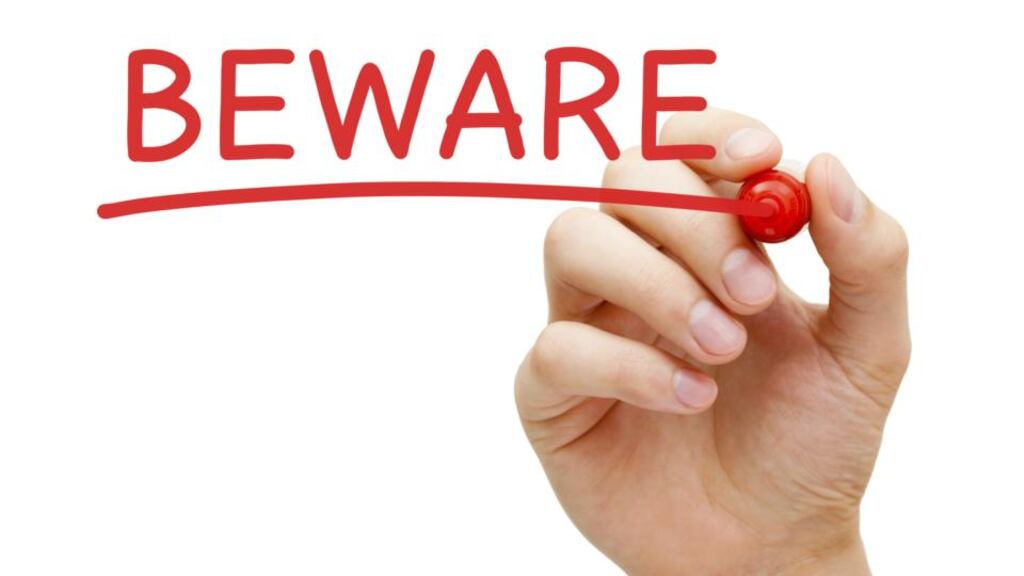If you've read more than a few articles on the bizarre notion of "trigger warnings" you will know a convention has developed whereby all such pieces begin with arch parodies of those controversial cautions. Warning: this piece contains facetious jokes about precious bloody students and tedious middle-aged snorting on the "state of the world today". That sort of thing.
With that out of the way, these columns move on to an explanation of the term under discussion. Originating on blogs and message boards before moving to US academia (where else?), the messages were originally intended to protect those with post-traumatic stress disorder from subject matter – discussion of sexual violence or mental illness, say – that might precipitate further anguish.
If webmasters feel the need to pepper their pages with such alerts, that is their business: nobody is paying to read MonkeyHat.com. The conversation has, however, oozed into US universities.
This is real. It is not the invention of conservative wing-nuts on southern radio stations (though they will surely savour the absurdities).
Last year, students at the University of California, Santa Barbara, came together to urge the authorities to place mandatory trigger warnings on course reading materials.
"The resolution also directs AS executives to . . . appoint a staff member to devise a list of trigger warnings," a passage reahttp://dailynexus.com/2014-02-27/a-s-senate-passes-proposal-to-label-trauma-provoking-academic-content/d. Elsewhere, the initial aim of protecting those with PTSD has receded over the horizon.
The angry website Kyriarchy and Privilege 101 does not appear to be attempting satire when, among its list of "common trigger warnings", it includes "discussions of sex (even consensual)", "slimy things" and "trypophobia" [pathological fear of objects with irregular patterns of holes]. You may as well warn against life.
A pattern There surely are people for whom any reference to “fear of holes”
is a potentially traumatising experience. They are, however, so rare that typing a warning constitutes a waste of keystrokes.
Oberlin College, a liberal arts institution in Ohio, got drawn into the debate when it published an official document requiring that Chinua Achebe's Things Fall Apart, among the greatest of African novels, be labelled lest it "trigger readers who have experienced racism, colonialism, religious persecution, violence, suicide and more".
Following revelations of this absurdity in the New Republic magazine, Oberlin explained that the document was under revision, but that such an alert should even be considered causes us to again wonder about the preciousness of modern academia.
Songs of the loony left so often rhyme with those of the loony right. The current efforts to label works of literature remind us of the moves to put warning stickers on naughty rock LPs during the 1980s. Both were, it seems, concerned with "sex (even consensual)". Mind you, only the trigger-warning mob has concerned itself with inorganic holes.
On behalf of who?
When such campaigns spring up, the driving force is usually moral self-aggrandisement. Nothing makes a fellow feel better than taking a symbolic stand on behalf of an ill-defined injured party. It is even nicer if those one supposedly protects conform to politically accepted norms of victimhood.
It is interesting to note that Kyriarchy’s list of common trigger warnings (common where, exactly?) includes a lengthy list of “-isms” that, though correctly acknowledging sexuality, weight, gender and culture, makes no specific mention of religion or faith.
Regular readers of this column will know it holds no truck with all that God baloney. Nonetheless, we could forgive any conservative Christian who, perusing that list, concluded that the trigger warning movement leaned to the secular left.
Don’t get me wrong. Annoying right-wing Bible-thumpers are reason enough to knock together this sort of campaign. But the censorious, pernickety, self-righteous nature of such warnings insinuates social liberals into a vast collective whinge that threatens to extract the energy from western academia.
Over two decades ago, Robert Hughes, the great Australian critic, wrapped the phrase “Culture of Complaint” around both left-wing political correctness and right-wing social paranoia.
That culture has metastasised, gone into remission, thrived afresh and then shrunk back into its polyps. But it has never entirely gone away. Now we will, on your behalf, complain about books before you have broken the spine. We will insist that cultural journalism carries warnings about “spoilers”.
Everything is dangerous. Everything is bad for you. Don’t eat, drink, listen or read. Bloody students! Look at the state of the world!











